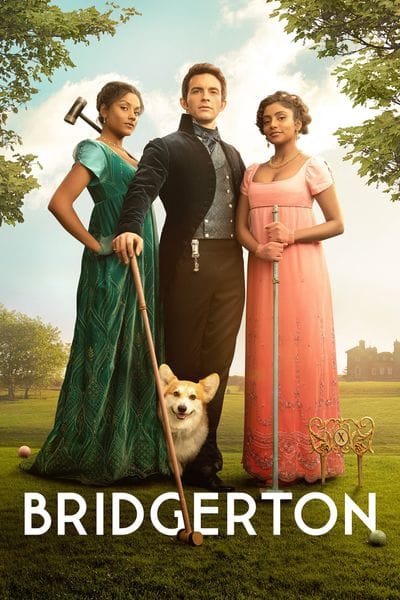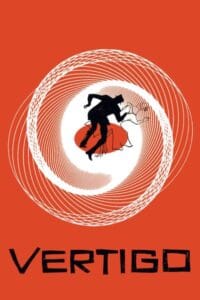The popular Netflix series Bridgerton, created by Chris Van Dusen and produced by Shondaland, has captivated audiences worldwide with its unique blend of romance, drama, and stunning visuals. Set against the glamorous backdrop of Regency-era England, the show’s carefully curated locations play a crucial role in bringing its intricate story to life. The opulence of ballrooms, adorned with lavish decorations and period-appropriate furnishings, transports viewers straight into the heart of high society. Meanwhile, the serene beauty of rolling countryside and lush gardens adds a refreshing contrast, embodying the elegance and charm of the period.
Every filming location was chosen with meticulous attention to detail, ensuring that each scene reflects the historical authenticity and aesthetic richness of the time. From grand estates that serve as picturesque homes for the Bridgerton family to idyllic parks where pivotal moments unfold, these settings enhance the storytelling and immerse viewers in a world of romance and intrigue. Let’s delve deeper into the various breathtaking places that contributed to this enchanting universe, exploring how each location adds layers to the narrative and enriches the overall viewing experience.
City Locations
Bridgerton was primarily filmed in various beautiful cities across England, with London and Bath leading the charge. London, with its iconic architecture and historical significance, provided the perfect setting for the high-society gatherings depicted in the series. The bustling streets and picturesque parks added to the vibrancy of the scenes, making the viewer feel immersed in the world of the Bridgerton family.
Bath, known for its Georgian architecture and stunning Georgian-style buildings, played a key role in establishing the aesthetic of the show. The Roman Baths and the iconic Royal Crescent served as stunning backdrops for numerous events, capturing the elegance and grace unique to the Regency era. Other locations throughout England also contributed various elements, helping to create a diverse and rich tapestry of settings.
Location Types
The show features a variety of location types that showcase the breadth of the Regency era, including:
- Naturescape: Parks and gardens provided tranquil settings for romantic interludes and pivotal character developments. The natural beauty of these locations not only added visual appeal but also symbolized serenity and emotional depth.
- Victorian: Some scenes capture the influence of the Victorian era, depicted through rich interiors and lavish settings that highlight the transition between the Regency and Victorian styles.
- Castles: Historic castles played a significant role in establishing the grandeur of the series. Their imposing architectures evoke a sense of nobility and history, which are essential to the storyline.
- Museums: Incorporating museums allowed the series to blend history and culture, highlighting the significance of art and legacy in the social sphere of the time.
- Clubs/Bars: The gentlemen’s clubs and bars depicted in Bridgerton served as social hubs, portraying the lifestyle of the elite and providing a contrast to domestic scenes.
- Ship Docks: These locations were essential in illustrating the connections between different social classes and the trade routes that defined the era’s economy.
Location Styles
Bridgerton showcases a unique mixture of architectural styles that reflect the opulence of its setting. The following styles can be appreciated throughout the series:
- Castle/Chateau: The regal atmosphere of castles and chateaus emphasized the wealth and status of prominent characters in the series. Each location was intricate, with elaborate gardens and opulent interiors that showcased the grandeur of the Regency period.
- Gothic/Victorian: Elements of Gothic and Victorian architecture were used to accentuate the drama and intrigue of the series. The dark, moody undertones of Gothic design were skillfully intertwined with the elegant formality of Victorian aesthetics.
- Mid-century Modern: Some locations offered a Mid-century touch, juxtaposing the historical aspect of the series with more contemporary design elements, hinting at the changes that would come in future eras.
- Shipping Yard/Dock: These settings introduced a different kind of atmosphere to the narrative, showcasing the industrious aspects of society during the Regency era. They contrasted the beauty of high society with the grit of everyday life for lower classes.
About Bridgerton
Bridgerton is set in the competitive world of Regency-era London, a time when societal norms dictated everything from courtship to inheritance. Wealthy families, driven by ambition and status, strategize meticulously to secure advantageous marriages for their children, hoping to enhance their social standing and family fortunes. At the heart of the story are the Bridgerton and Featherington families, whose contrasting social standings and dramatic romantic entanglements propel the narrative forward.
The series elegantly intertwines themes of love, scandal, and rivalry, while also exploring the intricate dynamics of society during this period. The characters navigate the complexities of courtship and social expectations, revealing the pressures and desires that shape their lives. Bridgerton has garnered critical acclaim for its inclusive representation and diverse cast, breaking away from traditional depictions of historical dramas that often overlook the richness of varied experiences.
Bridgerton’s progressive approach not only highlights the vibrancy of Regency society but also addresses contemporary themes of social change and feminism, resonating widely with modern audiences. By showcasing characters from different backgrounds and challenging the status quo, the series encourages conversations about inclusivity and representation, making it a relevant spectacle for today’s viewers. The visually stunning production, combined with its compelling storytelling, creates an immersive experience that captivates and entertains, making Bridgerton a standout in the realm of period dramas.
Bridgerton Locations
The filming locations of Bridgerton are nothing short of remarkable, each chosen for its historical relevance and visual appeal. From the lush greenery of primrose parks to the lavish interiors of grand estates, these places were essential in creating a rich setting for the story’s unfolding drama.
Notably, Ranger’s House in Greenwich was transformed into the Featherington family home, its opulent interiors perfectly reflecting their wealth and status. Similarly, Somerset House, with its Neoclassical façade, became a prominent location for ball scenes, capturing the exuberance of Regency social life.
Daphne and Simon hatch a mutually beneficial plan scene in Bridgerton
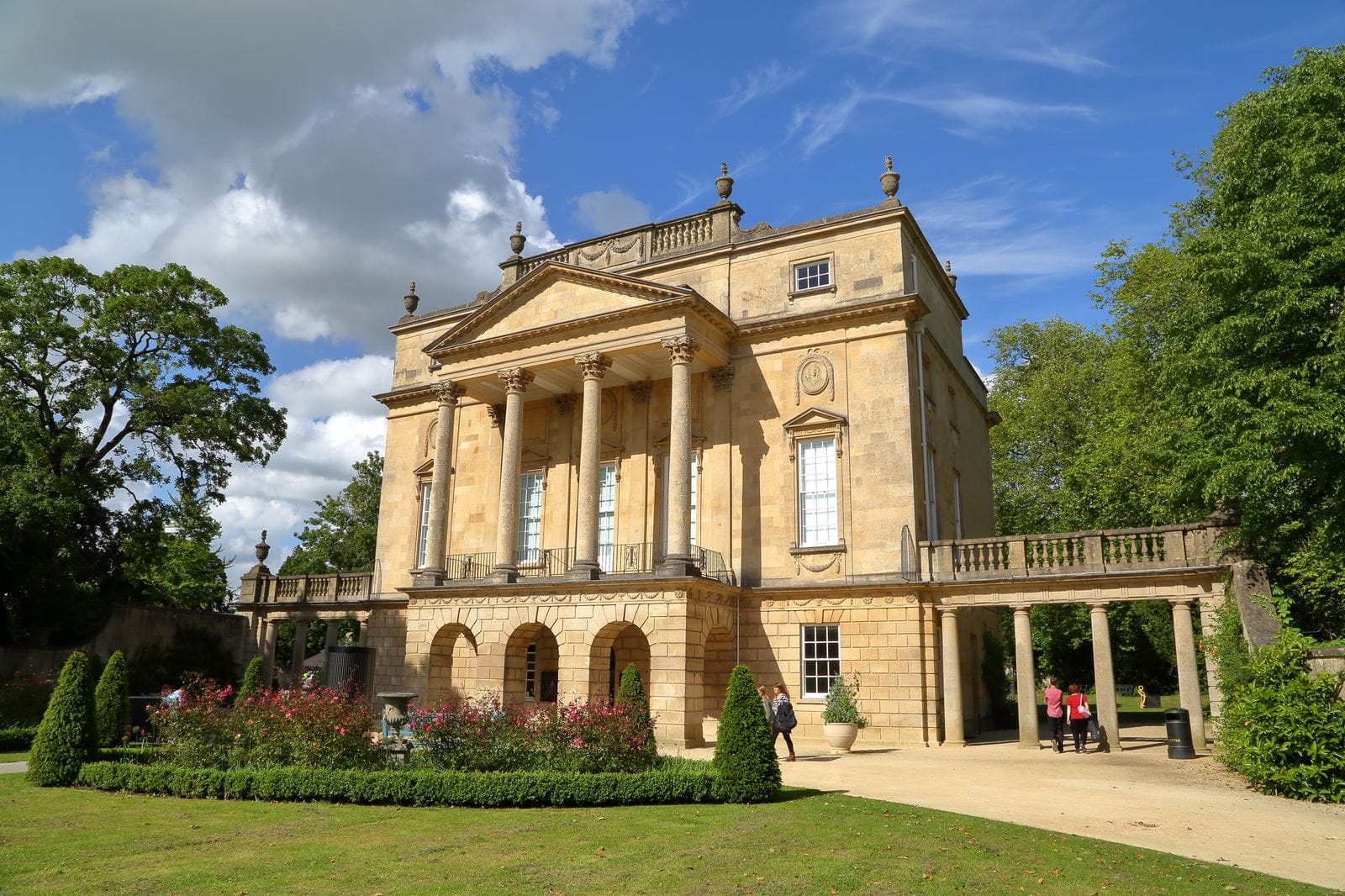
In one of the series’ most captivating scenes, Daphne Bridgerton and Simon Basset join forces to navigate the treacherous waters of high society. Their mutually beneficial plan sets the stage for the romance that unfolds, as they formulate a charade to curtail unwanted suitors and bolster each other’s reputations. This particular moment is both strategic and charged with underlying tension, highlighting their initial aversion that transforms into a deeper connection. The location perfectly encapsulates the elegance and complexity of their relationship, showcasing how the settings themselves amplify the emotional stakes of the narrative.
The Duke of Hastings fastens Daphne’s glove scene in Bridgerton
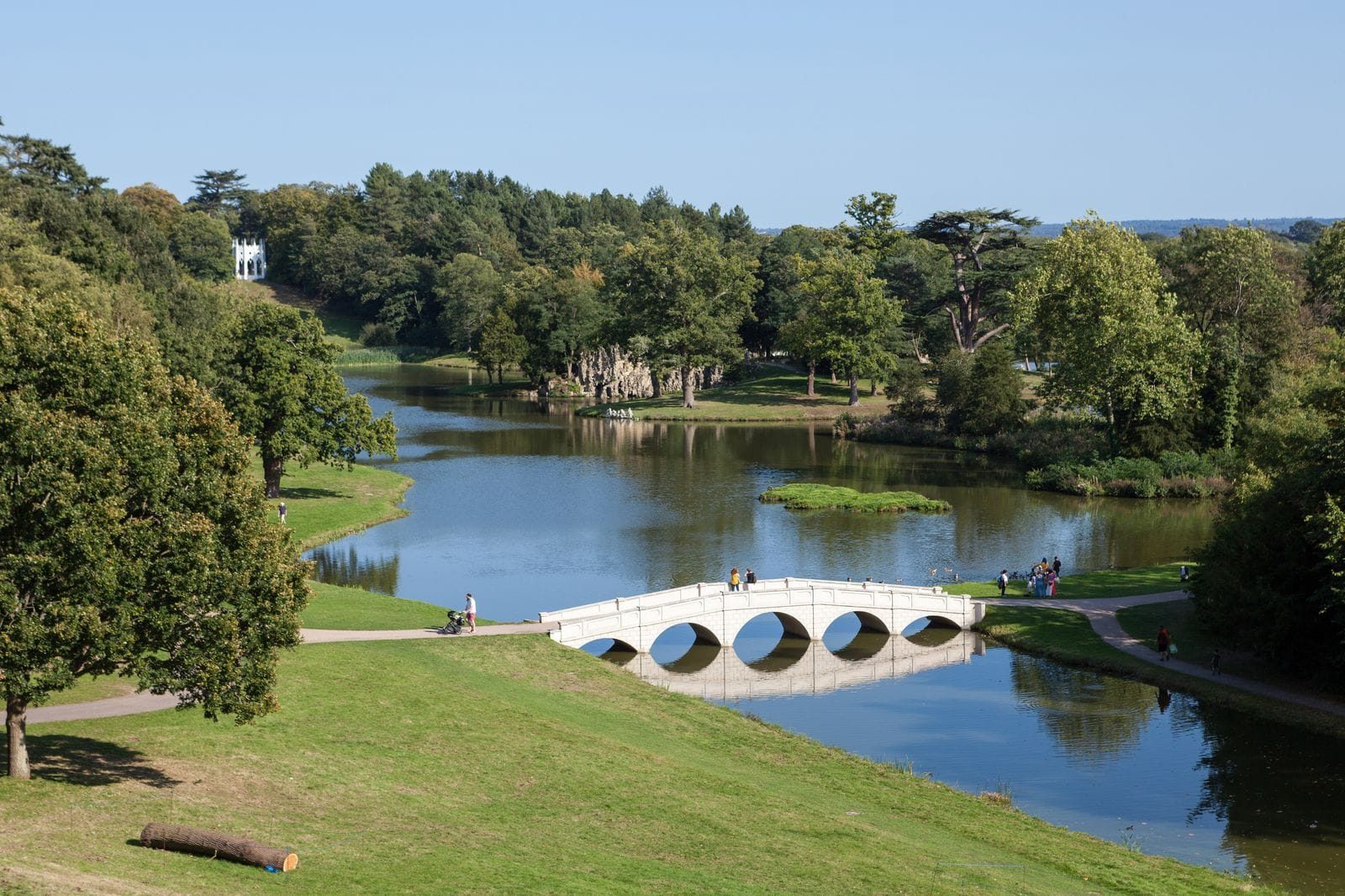
A pivotal moment in the series occurs when Simon, the Duke of Hastings, helps Daphne fasten her glove. This intimate gesture not only signifies their growing bond but also underscores the subtext of control and vulnerability that permeates their relationship. The setting, likely in a visually striking location filled with lavish decor, serves to elevate the scene’s emotional intensity, allowing the audience to witness the lingering glances and unspoken feelings between the characters. This delicate interplay of actions reflects the expectations of society, the burden of appearances, and the personal desires that drive both Daphne and Simon in their respective journeys.
Anthony and the Duke of Hastings at the White’s Gentlemen’s Club scene in Bridgerton
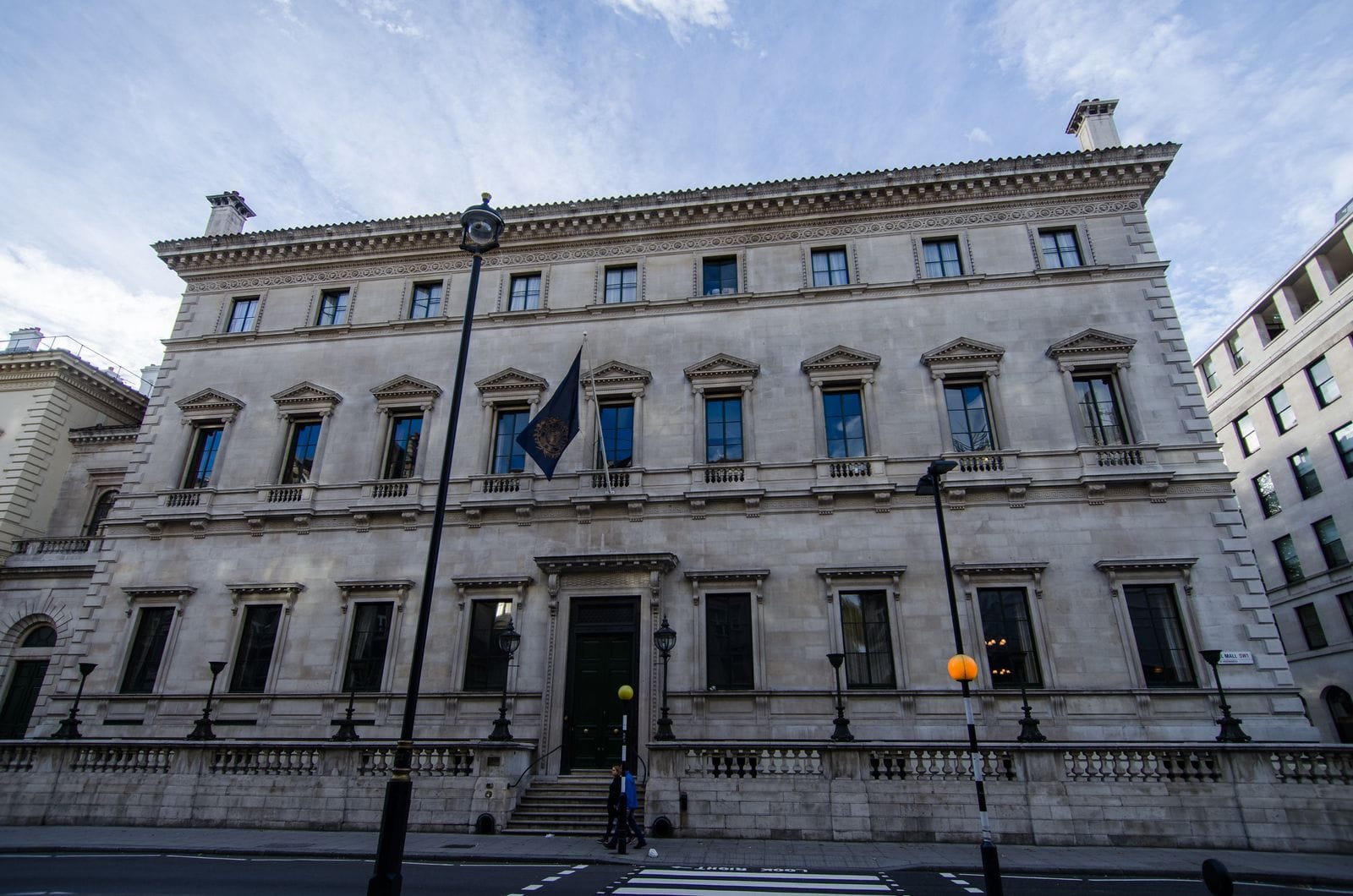
The White’s Gentlemen’s Club, steeped in tradition and exclusivity, serves as a perfect backdrop for Anthony Bridgerton and Simon’s discussions about societal duties, honor, and family. This scene encapsulates the struggles faced by men in maintaining their societal roles while grappling with personal aspirations. Set in a location that embodies the essence of high society, the club’s atmosphere enhances the dialogue around masculinity and responsibility, setting the tone for the relationships between characters. The weight of tradition hangs in the air, creating a palpable tension that resonates with viewers, illustrating how friendships shift in the face of societal expectations.
Anthony meets Kate scene in Bridgerton
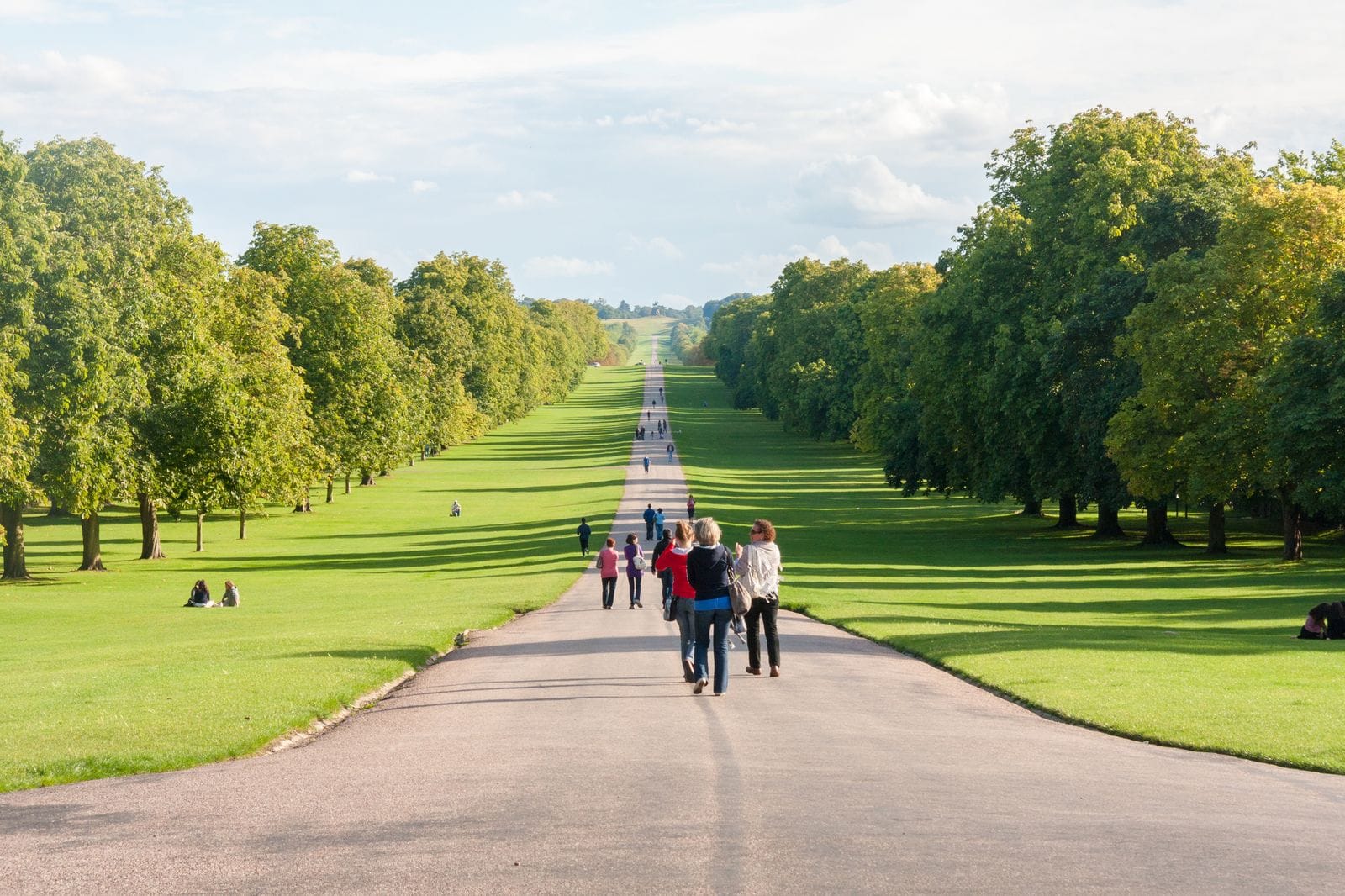
The meeting of Anthony Bridgerton and Kate Sharma marks a turning point in the narrative, introducing a dynamic that promises both challenge and chemistry. Set amidst the backdrop of a charming locale, their first interaction is filled with a mix of tension and undeniable attraction. The location serves as a character in its own right, magnifying the charged atmosphere surrounding their encounter. As they navigate witty banter and lingering glances, the scenery enhances their dialogue and reveals the potential for a complex relationship to blossom. This scene exemplifies how locations in Bridgerton are not just set pieces, but integral elements that heighten the emotional stakes of each moment.
Simon and Will Mondrich’s boxing scenes in Bridgerton
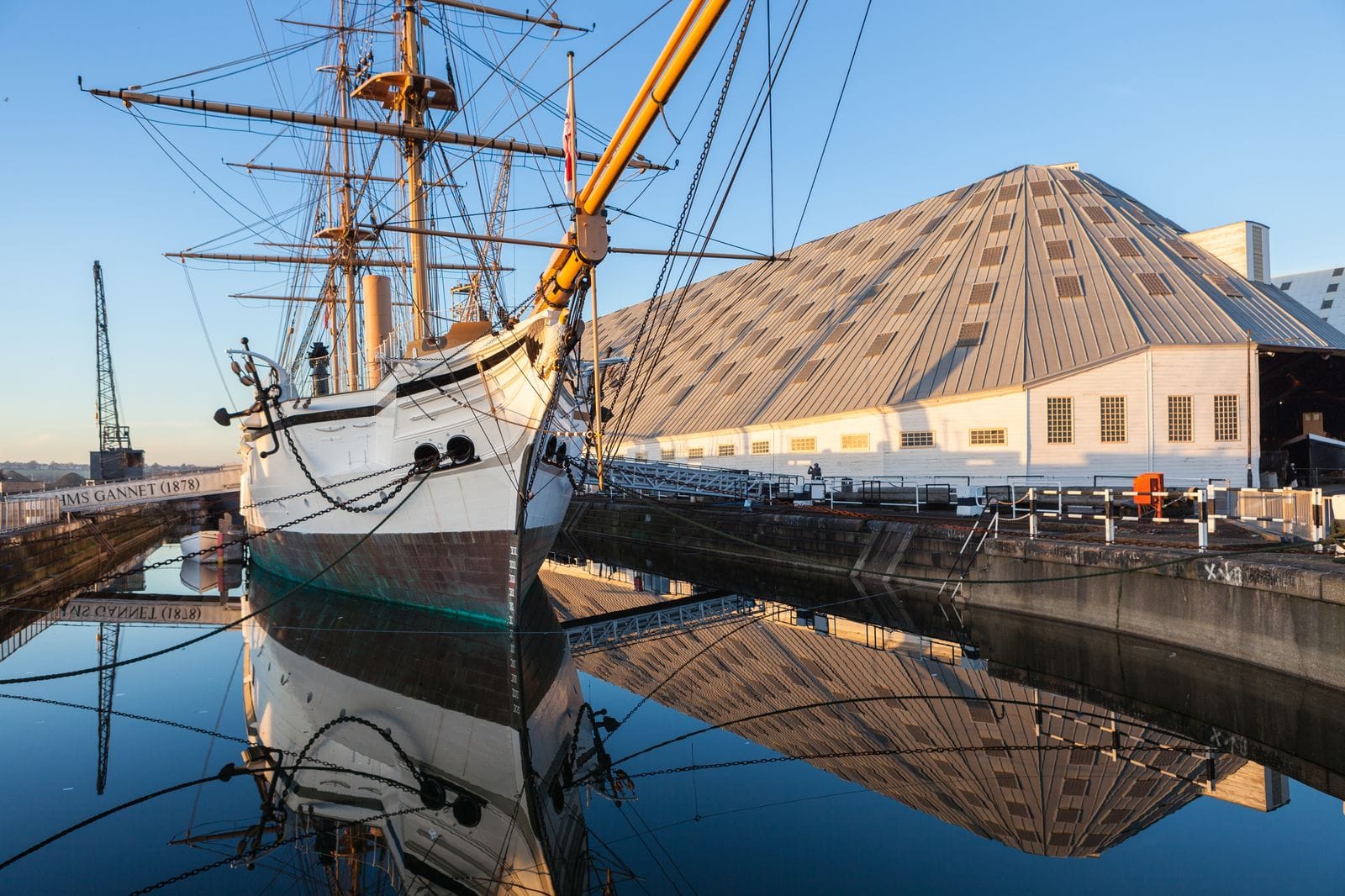
The inclusion of boxing in the series speaks to the show’s modern approach, highlighting themes of strength and empowerment. Simon and Will Mondrich showcase their physical prowess and mental fortitude in these gripping scenes, set against an atmospheric backdrop that enhances the intensity of each punch. The gritty locations contrast with the luxurious settings elsewhere in the series, offering insight into different aspects of society during this era. These scenes also serve as a reminder that societal expectations are not always limited to high society, showcasing how characters from all walks of life face pressure to conform to societal norms.
Eloise’s first encounter with a feminist protest scene in Bridgerton
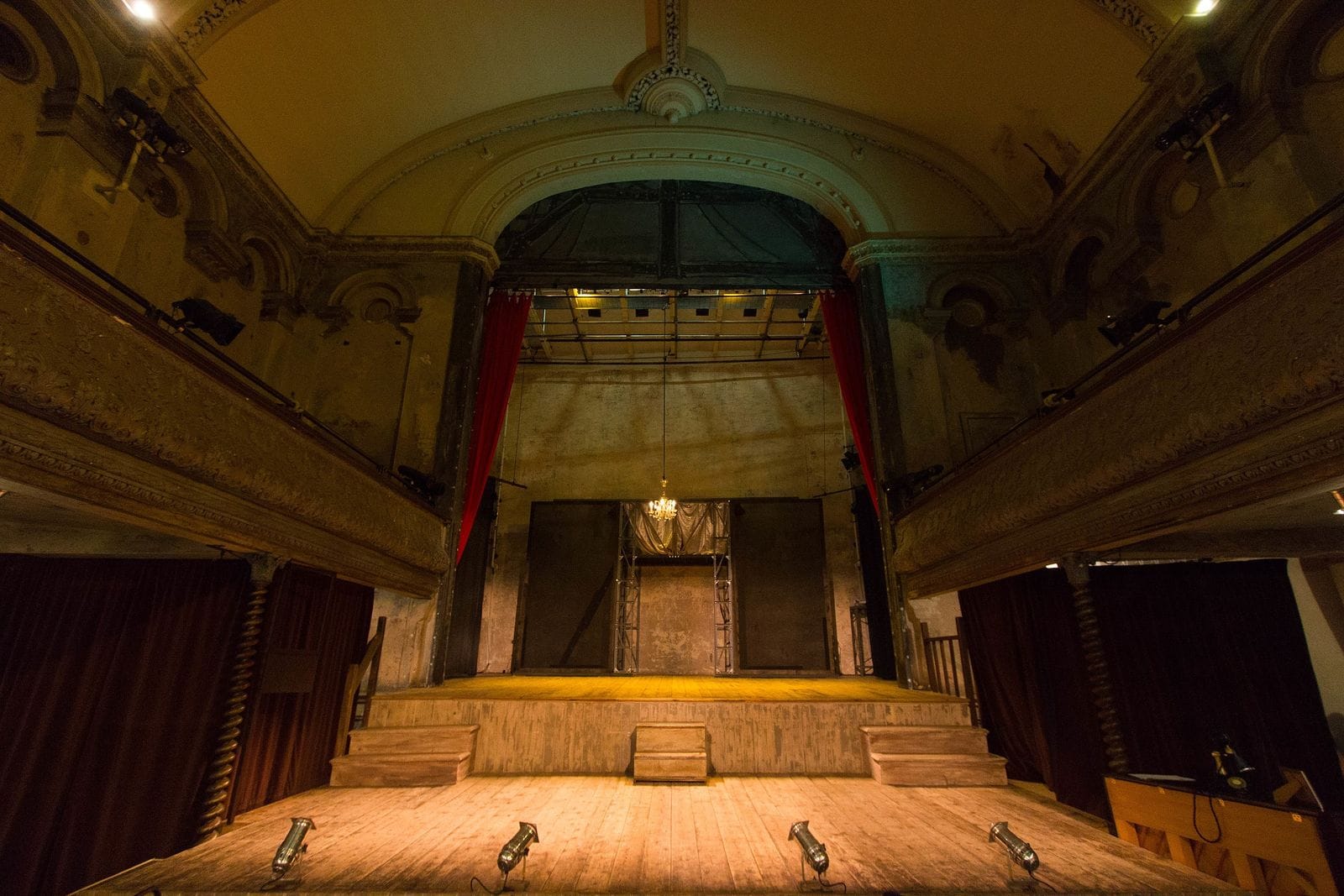
Eloise Bridgerton’s character arc is one of the most progressive in the series, as she challenges societal expectations and yearns for more than a life of marriage and motherhood. In her first encounter with a feminist protest, Eloise witnesses the power and determination of women fighting for their rights. Set against the backdrop of a bustling street filled with vibrant banners and determined faces, this scene highlights the themes of social change and female empowerment that are prevalent throughout the series. The location serves as a powerful symbol of strength and resilience, inspiring Eloise to continue on her own journey toward independence.
Conclusion
Through its use of carefully selected and visually striking locations, Bridgerton masterfully brings Regency-era London to life, infusing historical accuracy with modern sensibilities. These settings serve as a backdrop for captivating storylines, adding depth and nuance to the characters’ journeys while showcasing the opulence and grandeur of this era. The series is an enchanting blend of romance, drama, and societal commentary, made all the more engaging by its stunning settings. Bridgerton perfectly captures the essence of high society, while also challenging traditional depictions and introducing a diverse cast of characters that appeal to modern audiences. As the series continues to captivate viewers, it is clear that Bridgerton’s use of locations will continue to play a significant role in creating an immersive world filled with scandal, romance, and intrigue. So why not join the ranks of Lady Whistledown’s devoted readers and lose yourself in this captivating world? It’s an invitation you won’t want to refuse.

